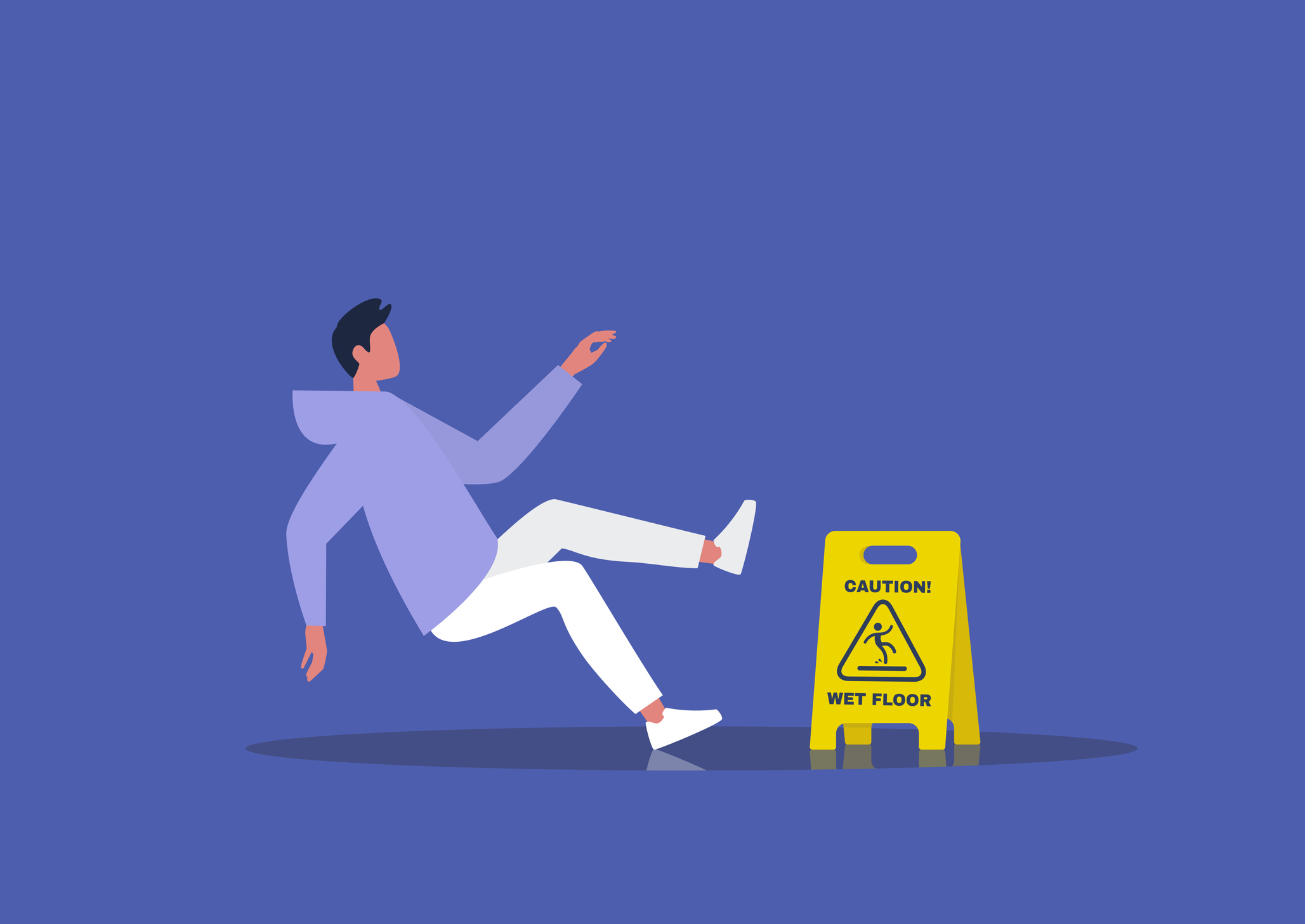Getting Your Employees To Care About Slips, Trips and Falls Prevention
Every year, slips, trips and falls are a leading cause of workplace injury, costing approximately $70 billion annually. You may have a prevention plan as part of your safety program, but are your employees invested?
January 14, 2022

According to the National Institute for Occupational Safety and Health (NIOSH), 27% of the 888,220 nonfatal work injuries resulting in days away from work in 2019 were related to slips, trips, and falls. In addition, slips and falls do not constitute a primary cause of fatal occupational injuries but represent the primary cause of lost days from work, according to the National Floor Safety Institute.
“Employers should already be aware of how critical slip and fall prevention is to their organization, but that message may not be translating to their workforce,” said Steve Simon, Senior Risk Control Manager at Safety National. “When employees buy in to the safety program, they become your best advocates and safety champions since they are actively engaged and involved.”
But how do you get employees to buy in to your safety program?
When they understand its benefits, employees buy in to a safety program or act safely on the job. Safety is too often a top-down affair, which can make your workforce feel as though they have less of a stake in their own safety. Having employees assist with developing the slip, trip and fall (STF) policies, procedures and protocol allows them to invest in the program’s purpose and provides more insight since they are closest to the risk and may be aware of certain blind spots. Good housekeeping means a more organized workforce, less clean-up time and better preparation to spot STF hazards. Additionally, ask employees to assist with your STF training. Employees can help with developing content and examples tailored to your organization rather than generic training that is less effective.
Incentives are another aspect to consider; however, you need to be careful that you are not unintentionally keeping your employees from reporting incidents for fear of reprisal. The next step would be to develop a customized incentive program that is based on the identification and correction of STFs. For example, how many near-miss events were reported or corrected? When employees spot STFs and then proactively stop and address the hazard, everyone wins. This type of reward and recognition allows employees to be engaged and acknowledged for their efforts.
Remember that employees who become your best advocates and safety champions are likely to help others buy in as well. They often serve as mentors and coaches, which helps build trust and confidence among your workforce. The goal is to make the improvements systemic and long-lasting.

























